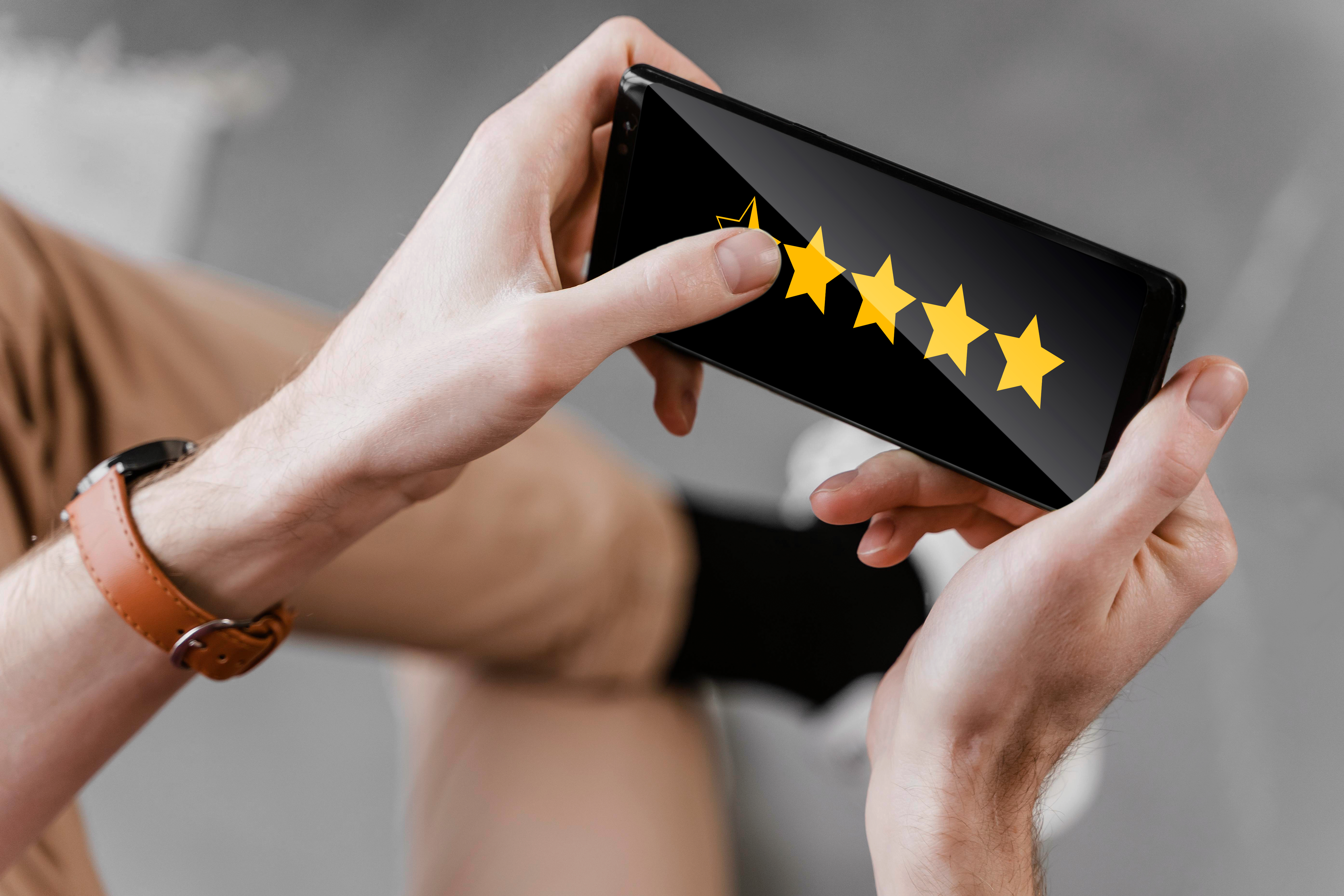
From IoT to IoB (Internet of Behavior) there is much more than one level of abstraction.
Technology | Article-
Visit4588
- Marzo 2020
- Date of publication
- Marzo 2020
- Technology
- Article
A new concept has been born as an evolution of the IoT (Internet of Things), which we call IoB (Internet of Behavior) and which is here to stay because it has enormous potential in its application to the market. It is about taking advantage of technology and data analysis in its broadest spectrum (including artificial intelligence) to influence the behavior of people, usually the customers of those who apply it, but also citizens, voters, students, etc.
How we have moved from IoT to IoB (Internet of Behavior)
IoT or Internet of Things
The IoT referred to a world full of objects, sensors or more or less intelligent entities connected to the Internet, which transmitted data about their status or their surroundings so that a system could collect them and make sense of them, converting them into useful information on which to act. Examples of this are factories full of sensors that report the traceability of what they produce or the state of operation and maintenance of their machines to anticipate breakdowns; or smart cities full of environmental and traffic sensors that allow decisions to be made about transportation, for example.
IoE or Internet of Everything
A few years ago it gave rise to a new term called IoE (Internet of Everything ) to designate the fact that not only things are connected to the Internet and send data, but people, animals or any entity can be connected and reporting. Examples of this are us when we walk through a shopping mall with our cell phones, allowing us to optimize the delivery of offers in real time, or the sensors installed in cows to measure how much they move and thus identify their best moment of fertility, for example.
IoB or Internet of Behavior
Behavioral science can be divided into four areas that we consider when using technology: emotions, decisions, augmentations and companionship. If IoT or IoE is about capturing and transmitting data in real time, IoB also adds the possibility of identifying our habits or behaviors so that with all the information someone can personalize the advertising, service or product offered to us as much as possible or even end up influencing our decisions and behaviors. For example, usage-based insurance (UBI) is now commonplace. This is insurance whose premium is calculated by considering the use of the insured entity, either by how much it is used or the way in which it is used. For example, the number of kilometers per day or the way of driving for vehicle insurance or how much a person walks or moves around for health insurance.
According to the prestigious consulting firm Gartner, by 2023 the individual activities of 40% of people will be digitally tracked from this IoB around the world to influence entitlement to benefits and services.
The IoB can use facial recognition, location tracking, monitoring of physical activity and biometric parameters, the digital footprint we generate on social networks or the organization's own systems to which we belong, as well as analysis of our consumption and purchasing habits or general market activity to, for example, interpret how we behave and perhaps also what we need or want.
The power of technology must be modulated by ethics, regulation and the best of humanity to realize its full potential.
Let's imagine an app on our cell phone that records everything we eat, our physical activity and our sleep and even some parameter such as blood glucose. This app could recommend us a specific food supplement of a well-known brand ideal for this moment or push us to practice a specific physical activity in a nearby gym. The benefits are many just by imagining how this app could help us to improve our eating habits. The IoB is capable of segmenting and personalizing the recommendation and influencing each individual in their decision making. And with this, it is possible that this person is really interested in that news, that reading or that publication that is offered, or it seems not only fair but more than adequate the type of service or product that is proposed and even that the price is adapted to their specific needs and uses.
However, doesn't this sound like too much intrusiveness in our lives? Isn't our free will at risk? Won't we be trapped in an inbred underworld without contrast of ideas or intellectual diversity? Who guarantees our privacy? Cases such as that of Cambridge Analytica, in which they were accused of having improperly obtained information from the digital footprint of millions of voters on social networks and thus having so segmented the messages addressed to them, according to their personal characteristics, that their vote could have been influenced by it, are already very well known.
The IoB holds immense potential for organizations of all types and many advantages for individuals, but also significant risks of privacy, manipulation and intellectual myopia. Again, the power of technology must be modulated by ethics, regulation and the best of humanity to realize its full potential.
You may also be interested in

Customer success: definition and how to implement it
In today's business environment, where competition is fierce and customer expectations continue to grow, customer success has become a key element in ensuring the success of a company's business.
- Published by _ESIC Business & Marketing School

What is the Ishikawa diagram and how to do it. Examples
How many times have we tried to solve a problem by patching it up, without going deep into the real cause, into the root of the problem? There are many companies that, when faced with crises or problems, try to...
- Published by _ESIC Business & Marketing School

JavaScript: what it is, what it is used for and examples
Undoubtedly, JavaScript is one of the most widely used programming languages worldwide. In fact, as early as 2021 it was being used by 14 million programmers according to Genbeta. The trend has been increasing...
- Published by _ESIC Business & Marketing School

